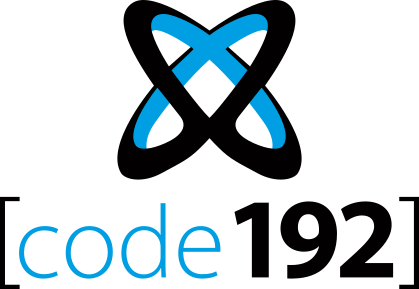Introduction
The following fields are available for configuring data binding on a Cartesian Chart :
- Y Value(s) : the height of the chart line along the Y Axis
- X Axis : how we group values together on the X Axis to create points on the line
- Split into the same chart : how we split each series into different lines on the same chart
- Split into many charts : how we split series of different charts in the same container
Show : Y Value(s)
This represents the quantity we want to display on the Chart, and will bind for example to the height of the line (Line chart) or the height of the column (Column chart).
These fields must be aggregated : you must choose an aggregation function (SUM, AVG, …)
At least one field must be bound.
Multiple fields : multiple Series
When binding multiple fields at the same time, each field will generate a separate Series.
This way, each Series can have its own graphical properties, its own Y axis, etc… and even different Chart Types.
To change the order of fields, see the corresponding chapter.
Example
With a field called “Price” and a field called “Target”, you will chart 2 separate series, one for each field.
Group by : X Axis
This represents the category we want to use to separate data points.
These fields cannot be aggregated : they must have several separate values in order to group the “Values” aggregation.
At least one field must be bound.
Multiple X Axis fields : Drill-Down
To enable Drill-Down, you can check the box Use drill down :
This allows to bind any number of fields to drill-down levels, in the same order as they are in the list.
To change the order of fields, see the corresponding chapter.
Example
With fields called “continent”, “country”, and “Date”, the following configuration will configure the corresponding drill-down :
First, the data will be grouped by “continent” :
When the user clicks a continent (example : Asia), the Chart is drilled-down to the next level : the Countries of Asia :
Next, when the user clicks a Country (example : India), the Chart is drilled-down to the next level : the Years of India :
Next, when the user clicks a year (example : 2016), the Chart is drilled-down to the last level : the Months of 2016 of India :
Meanwhile, the Drill-Down navigation at the top shows the value of the current level.
When clicking it, you can drill back up to any level, or directly to the top by selecting Close :
Group by : Split into the same chart
This represents the series field to generate a different chart series for each different value in this Split into the same chart field.
This field is optional.
It can be combined with Split into many charts.
Example
If you have Historian Narrow Query with a field called “TagName”, you may want to plot a separate Line chart for each value of TagName :
Group by : Split into many charts
This represents the series field to generate a different contained Chart for each different value in this Split into many charts field.
This will turn the widget into a container, and generate a complete different chart for each value in the series field, contained in the Widget.
The layout of the charts inside the container is configurable.
Please see the corresponding chapter to configure the view of the Widget container.
This field is optional.
It can be combined with Split into the same chart.
Example
If you have a field called “continent”, you may want to plot a completely separate chart for each value of continent :





















Post your comment on this topic.